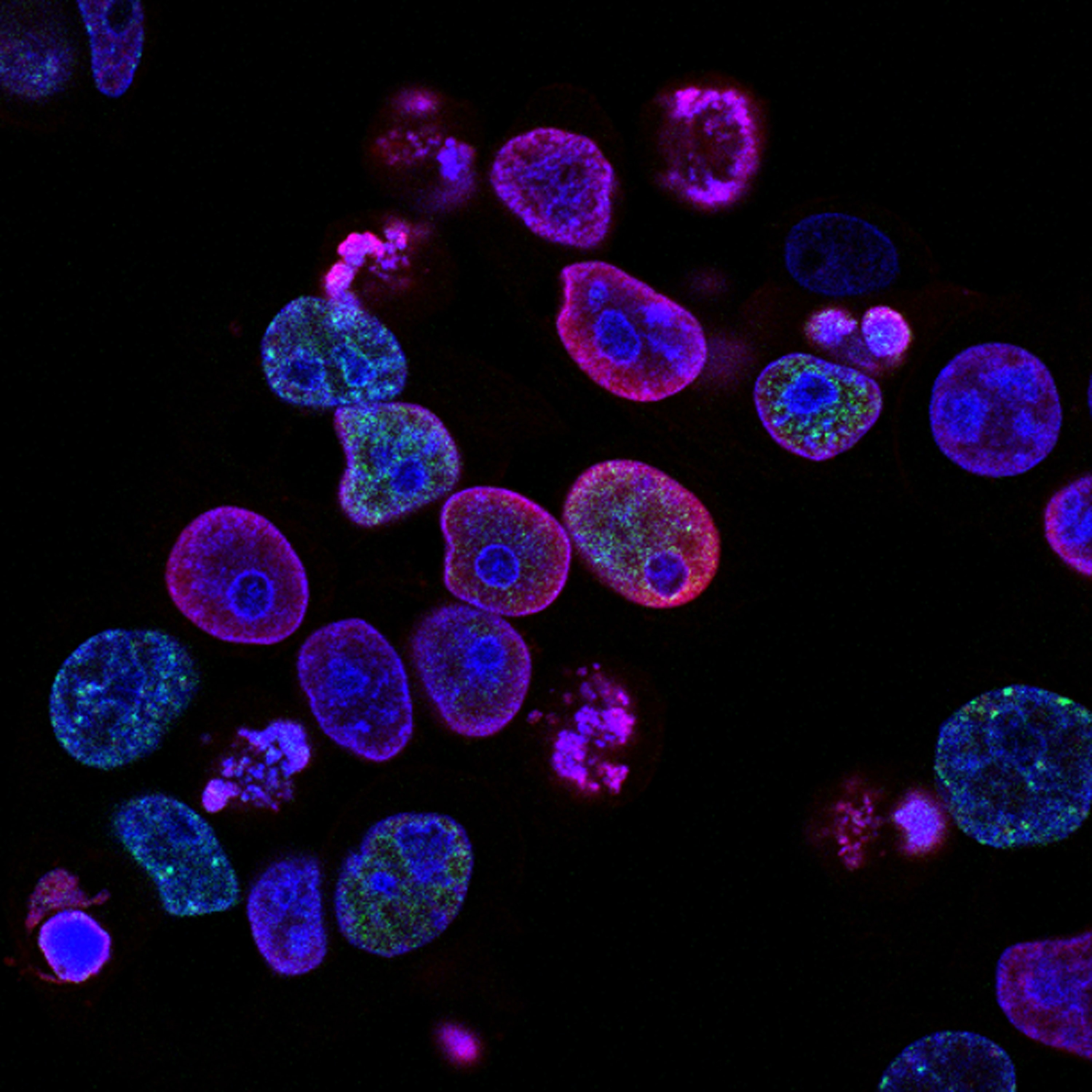Our Problem
The overuse of antibiotics has led to an artificial increase of selection pressure on bacteria. This has led to the rapid development of antibiotic resistant bacteria. Over the recent years, the number of antibiotic resistant strains has increased.
Wanting to aide in the arms race against such bacteria, we decided to pick a specific group of antibiotic resistant bacteria, and develop a technique to help reduce their threat.





